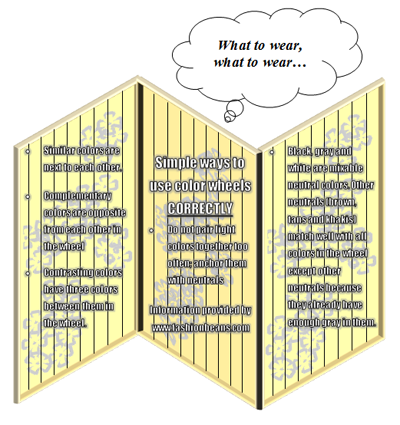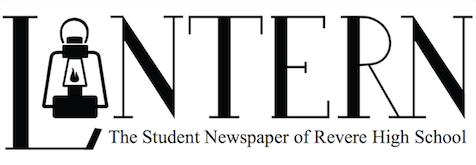Style judged on stigmas, not fashion rules

Today’s world presents youth with many ways to express their feelings, no matter how awkward or abnormally dark they may seem. Some (including myself) choose to brave uncharted waters with a cozy Hollister hoodie and an independent attitude. Others in our society fancy taunting and teasing adolescents for their fashion choices, such as the constant wearing of popular brand merchandise. I find that this judgment does not critique fashion legitimately. Since when did scrutiny of outfits become a matter of the manufacturer instead of the actual rules of fashion?
Dr. Pilcher of England’s University of Leicester’s Department of Sociology has researched teenage fashion and its effects on society. She found that fashion has a variety of influences on children, including significant pressures from peer groups (especially friends of the same sex), brand merchandising influenced by family attitudes and celebrity culture and ideas of trends. In all honesty, why should I let others’ opinions and insecurities dictate what I choose to wear?
TeenInk.com has researched the effects of brand-name fashion on teenagers and has concluded that many teens use brand names to attack others for wearing a “less popular” brand. This insecurity is unnecessary. A sweater is a sweater, whether it came from Banana Republic or a Grecian loom. Those closest to me know of my fanatic and borderline obsessive affiliation with the Hollister department store. I do not shop at this store to “fit in” with the rest of my peers. I merely found a style that I fell in love with, and I cannot accept the idea of labeling someone based on a company’s merchandise any longer.
Any Revere student associated with me in any way, shape or form can confirm that I take clothing quite seriously. I admit to developing a judgmental attitude when spotting a gray-khaki color combination fiasco down the hall; however, I choose to critique a person not for the brand they wear, but for their lack of understanding of the rules of fashion. Although one does not have to observe the latest Milan fashions to grasp the artistic concepts, a simple printout of a colour wheel can save one from what I perceive to be a tragic homicide of the visible spectrum.
 Infographic by Jacob Zimmerman
Infographic by Jacob Zimmerman
That being said, there is a difference between high-quality clothing with a hefty price tag and a “couture” burlap sack that sells for the same price. Brand clothing comes within a spectrum of possibilities, and although price can cause stigmas, societal pressure often influences make-or-break decisions for the populous just based on incorrect theorization.
